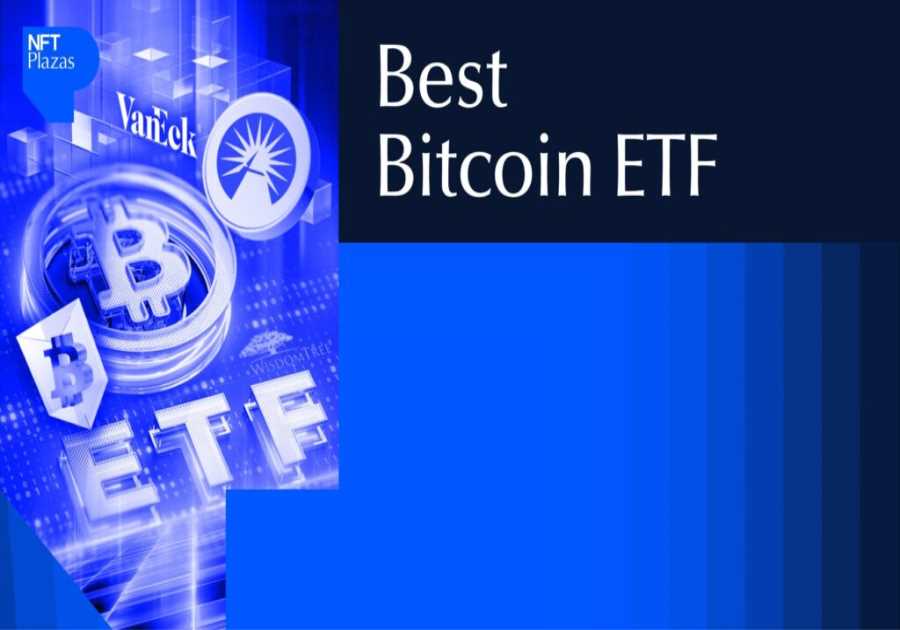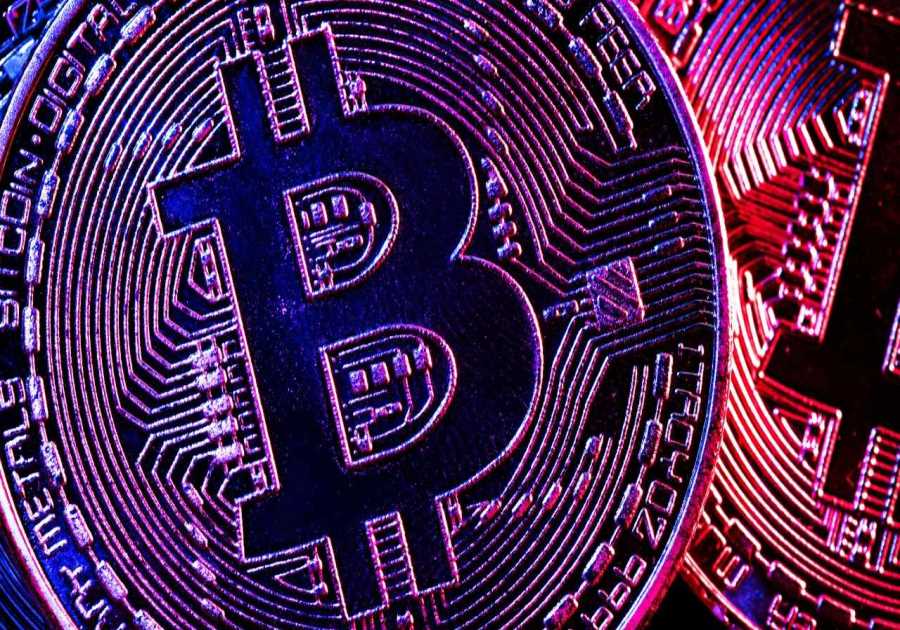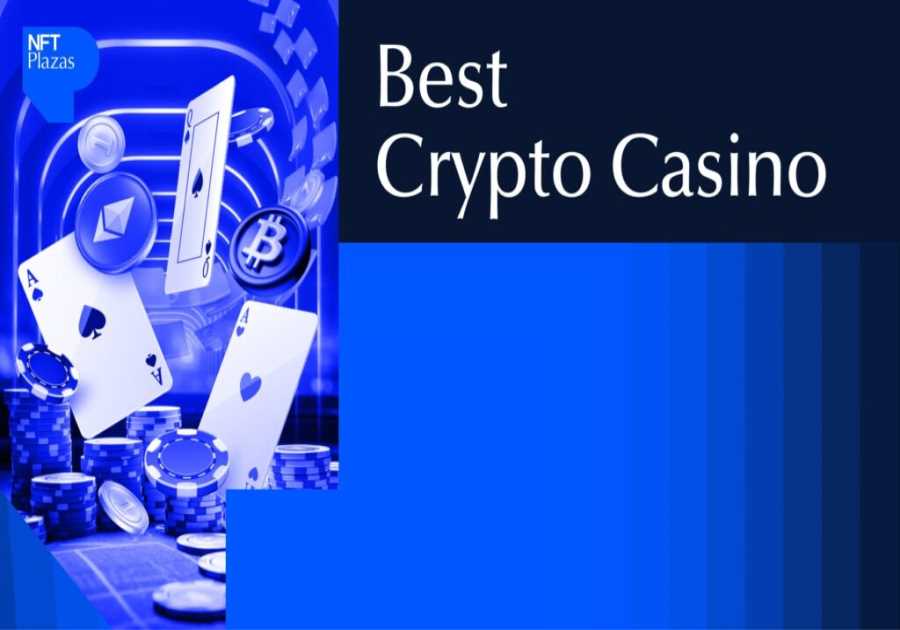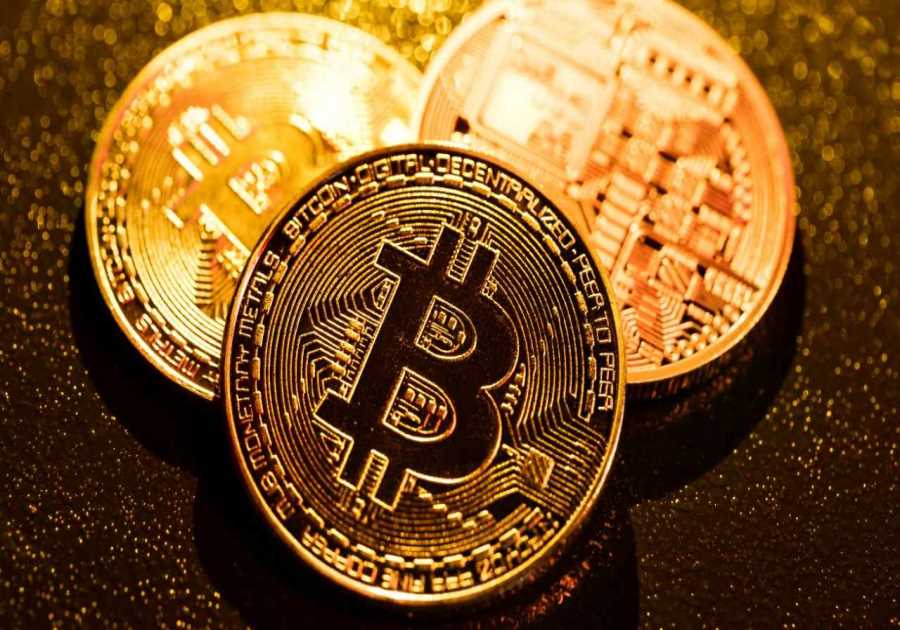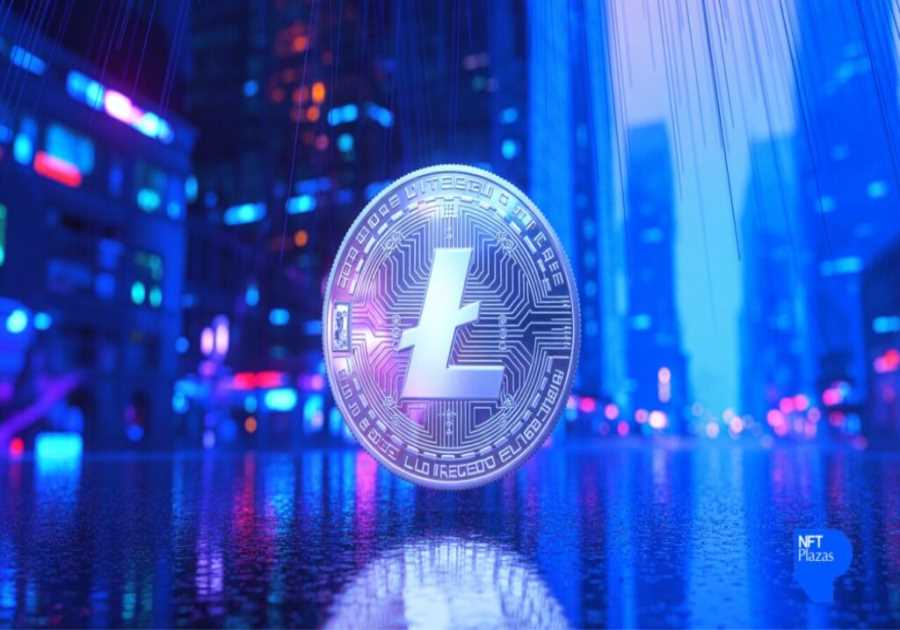Blur, the second-largest NFT marketplace by volume, has bypassed a blocklist from OpenSea, the leading NFT marketplace, by integrating Seaport Protocol. OpenSea’s Operator Filter Registry launched last November. It gave creators a choice between using the tool, which blocked their tokens from non-royalty marketplaces, or no enforcement of royalties on OpenSea’s. Blur now uses Seaport Protocol to provide access to blacklisted NFTs, while also enforcing royalty fees.
Blur NFT marketplace controls the most NFT volume after Opensea.Image Credit: Blur
How did Blur use Seaport Protocol to bypass the OpenSea blocklist?
Blur used Seaport Protocol, which OpenSea itself launched last year, to bypass OpenSea’s blocklist. By using Seaport, Blur users are now able to list NFTs that have implemented OpenSea’s filters, including mandatory royalty fees. Since both marketplaces are built on the same protocol, banning Blur would consequently ban OpenSea itself.
This move was brought to light by Twitter analyst Panda Jackson and has had a significant impact on NFT followers. Enforcing royalties on both NFT marketplaces will provide a new level of revenue for NFT creators and traders. It also opens up a new opportunity for a new NFT marketplace to enter the space and compete with the current leaders.
In the short term, this move by Blur is seen as a win-win for all parties involved. NFT creators will see their royalties function on both Blur and OpenSea, while Blur will benefit from the added volume. Traders will be able to access newly listed NFTs on Blur, which doesn’t charge any trading fees, unlike OpenSea.
While OpenSea may lose out on some trading fees, it does gain a major user of Seaport, which Panda Jackson believes may be even better in the future. This wider enforcement of royalties may also attract more creators to the NFT space, which would help both NFT platforms grow.
What is Seaport Protocol?
Seaport is a free marketplace protocol that allows users to list NFTs that have implemented OpenSea’s filters. NFTs listed on Seaport include mandatory royalty fees. Opensea launched Seaport Protocol last year, making Blur’s genius solution a shocking moment for the NFT community. Considering both NFT marketplaces rely on the same protocol, actually makes this good news for Opensea. Additional users entering the protocol, and the web3 space, helps communities of NFT companies to grow together.
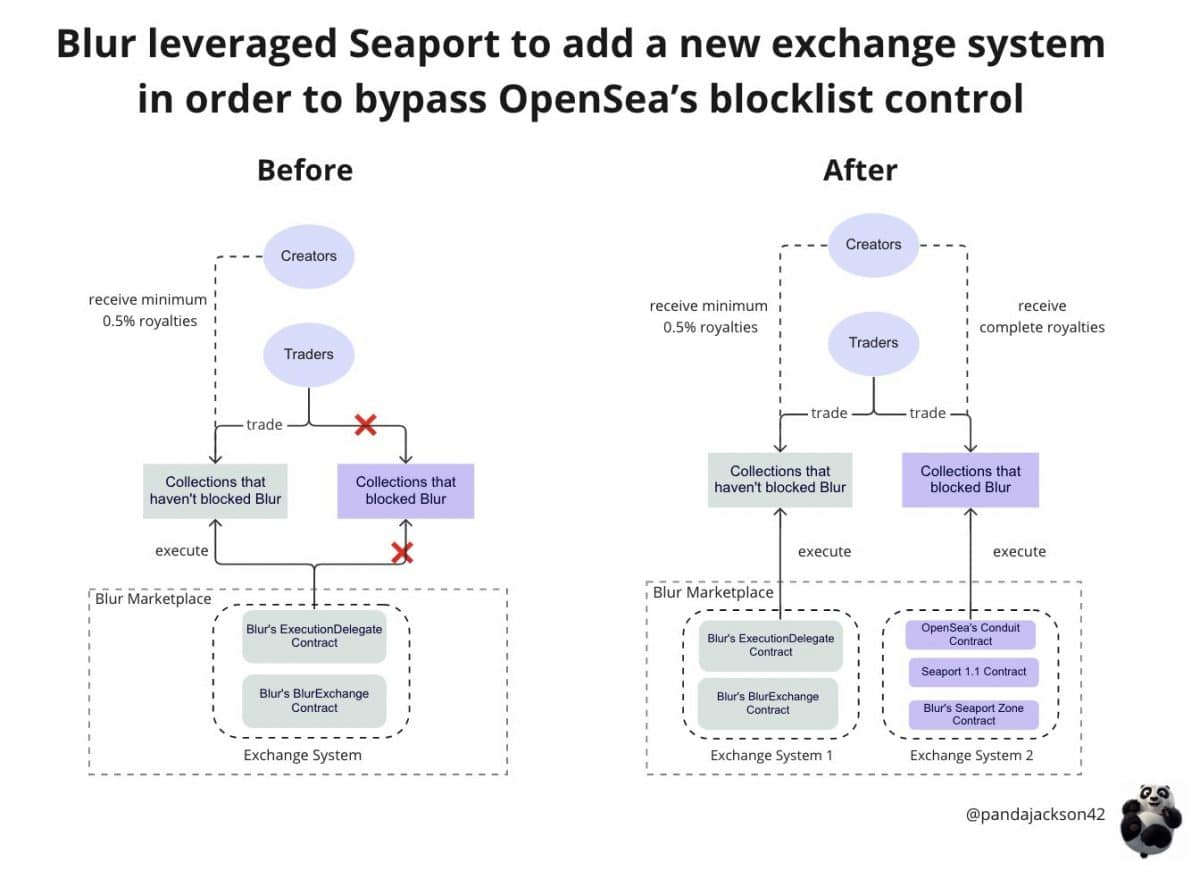
Blur NFT marketplace adoption of Seaport Protocol now permits it to bypass the OpenSea blocklist.
Image Credit: Pandajackson42
Why was Blur on OpenSea’s blocklist?
Blur was on OpenSea’s blocklist because it didn’t enforce royalties. OpenSea’s Operator Filter Registry pushed creators to chose between royalties or exposure, in a sense.. Blur’s use of Seaport Protocol allows it to bypass the blocklist, while also giving traders access to NFTs on a platform that doesn’t charge trading fees.
Blur’s use of Seaport Protocol is a step towards solving one of the most important issues in the NFT space. This move will enforce royalties on both Blur and OpenSea and also opens up doors for new NFT marketplaces. The space benefits from finding solutions to increase NFT volume, trading and attention. Surely after NFT volumes filtered for wash trading down roughly four-fifths from their early 2022 highs. Blur’s integration of Seaport Protocol may attract more creators to the space, helping both Blur and OpenSea.
The post Blur Integrates Seaport Protocol To Bypass OpenSea’s Blocklist appeared first on NFT Evening.
Read MoreBy: Carlos Sanabria
Title: Blur Integrates Seaport Protocol To Bypass OpenSea’s Blocklist
Sourced From: nftevening.com/blur-integrates-seaport-protocol-to-bypass-openseas-blocklist/
Published Date: Thu, 02 Feb 2023 03:27:21 +0000
----------------------------
.png)
